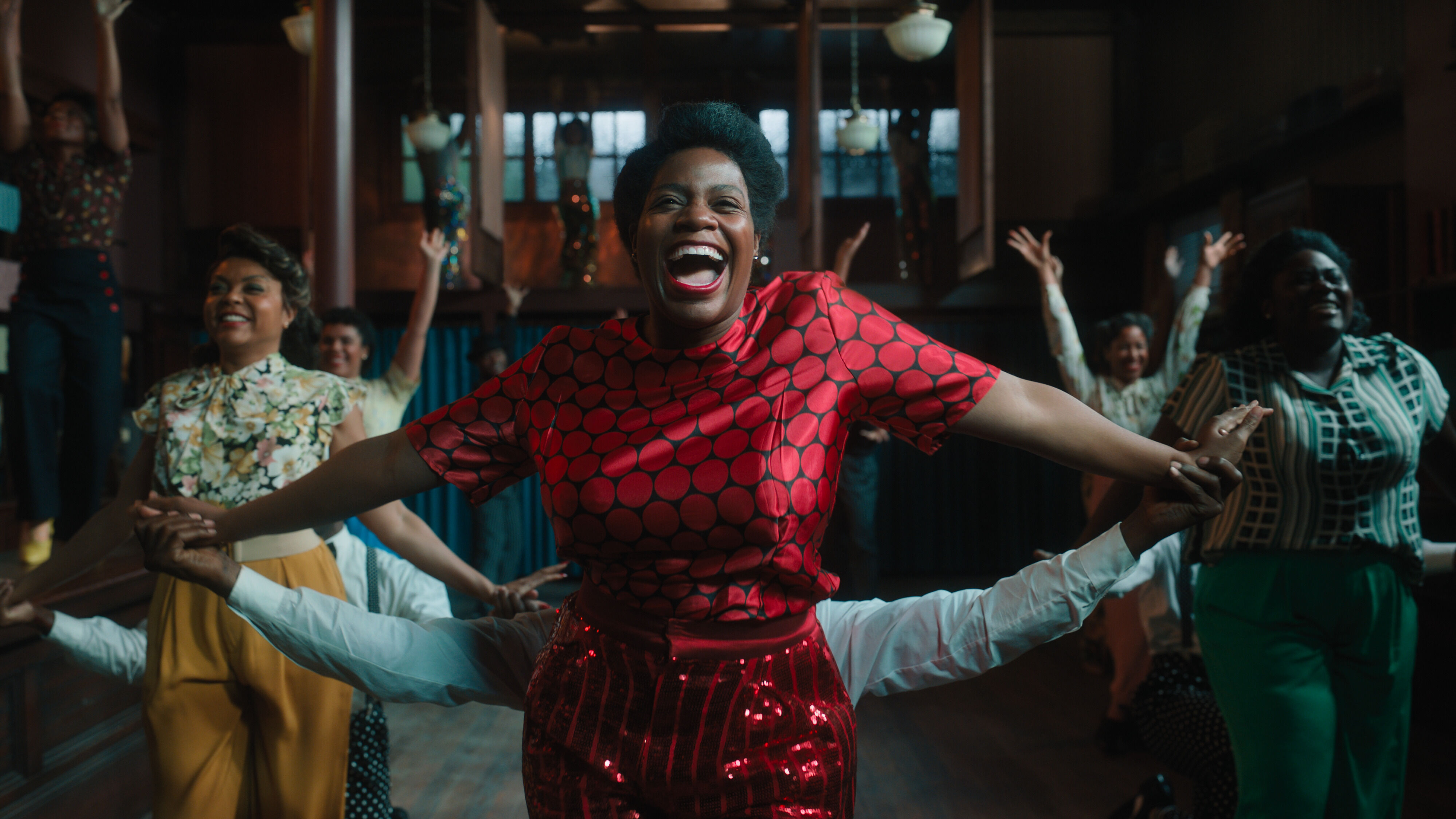There’s magical realism at the heart of this latest version of the famous story of suffering and triumph, editor Jon Poll tells Adrian Pennington for IBC365.
The new screen version of The Colour Purple is neither a remake of Steven Spielberg’s multi-Oscar nominated 1985 film nor a movie of the later Tony Award winning musical. It’s not even a didactic interpretation of Alice Walker’s Pulitzer Prize–winning 1982 book. The latest adaption of the story about a poor black woman living in the rural South in the early 1900s weaves in elements of them all.
“The way I look at is [Alice Walker] wrote this phenomenal novel that stands on its feet emotionally and historically,” said editor Jon Poll. “Then Steven Spielberg and his band did a cover and then Oprah Winfrey and everyone involved in the Broadway musical did another cover and now it’s time for us to show you our version. It is really different in a lot of ways, but the story is the same and a lot of the same dialogue [from Spielberg’s film] remains.”
Continuity is maintained with Spielberg (who still owns the movie rights) and Winfrey (whose acting debut was the 1985 film) as executive producers along with Quincy Jones who, along with Winfrey, produced the Broadway play.
Although...
You are not signed in
Only registered users can read the rest of this article.

Behind the scenes: Hamnet
Look, lighting and camera movement were stripped back to basics by cinematographer Lukasz Żal to create the stage for Shakespeare’s personal tragedy.

Behind the scenes: The Running Man
Scenes structured like Russian nesting dolls present Editor Paul Machliss with a challenge in completing this deadly reality TV show.

TNT Sports and The Ashes: “We need to be at the heart of the story”
TNT Sports takes a hybrid approach as England’s cricket team heads down under with a sporting chance of returning with a little urn. Adrian Pennington reports.

Behind the scenes: Frankenstein
Cinematographer Dan Laustsen tells IBC365 why he and Guillermo del Toro turned the classic nightmare, Frankenstein, into a love story of ice and warmth between father and son.
Behind the scenes: Good Boy
From casting his own dog as the lead to shooting at a dog’s eye level, first-time Feature Director Ben Leonberg has perfected a filmmaking process built entirely around a pet. The result? Critical acclaim and a viral smash for horror season.




